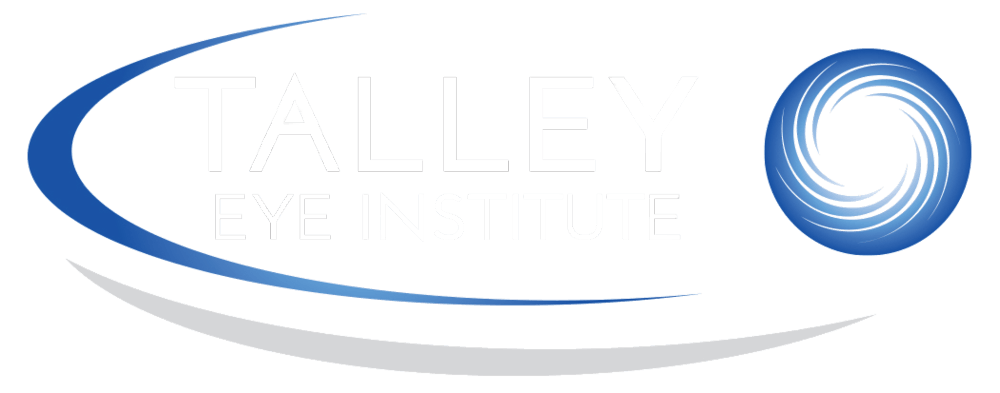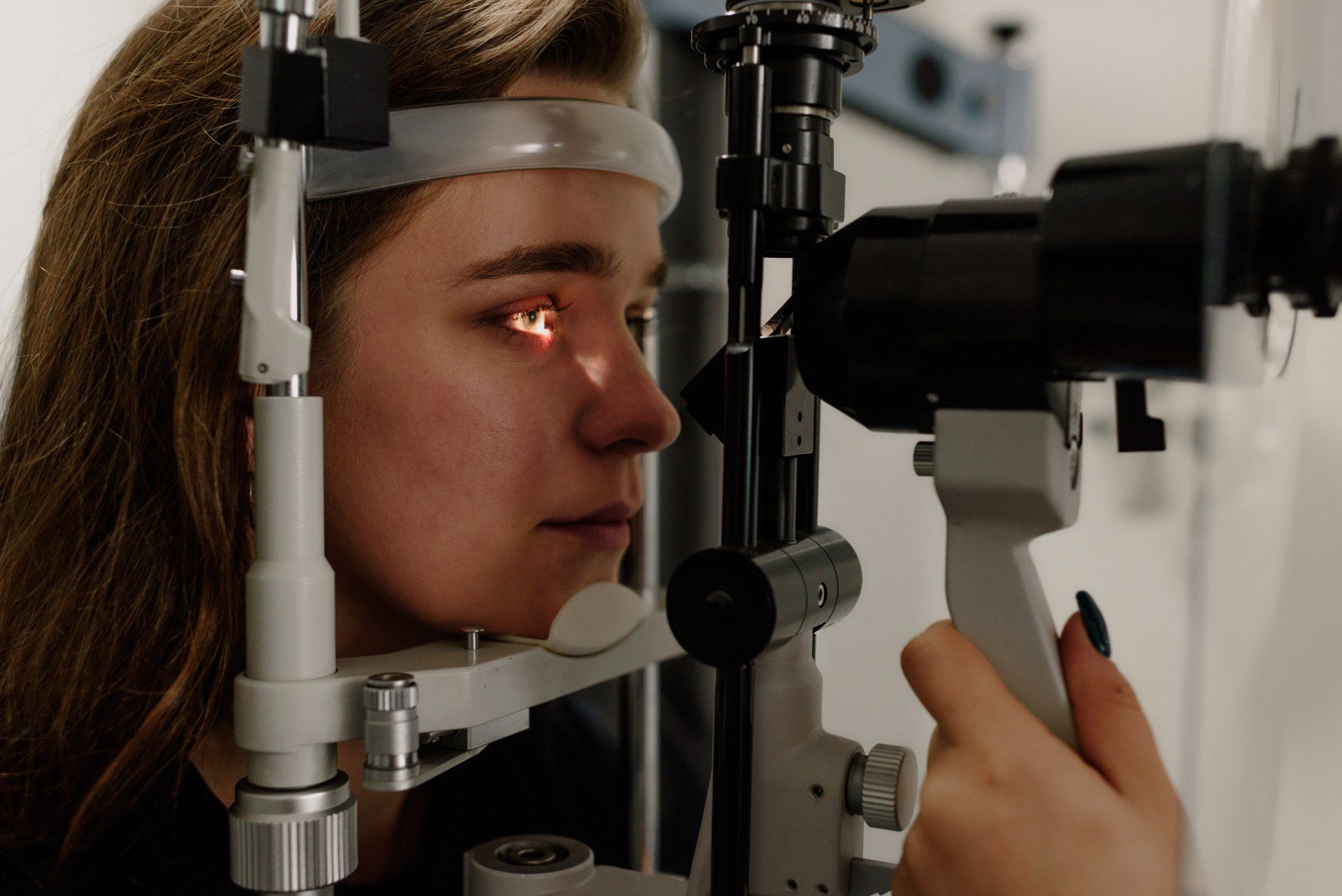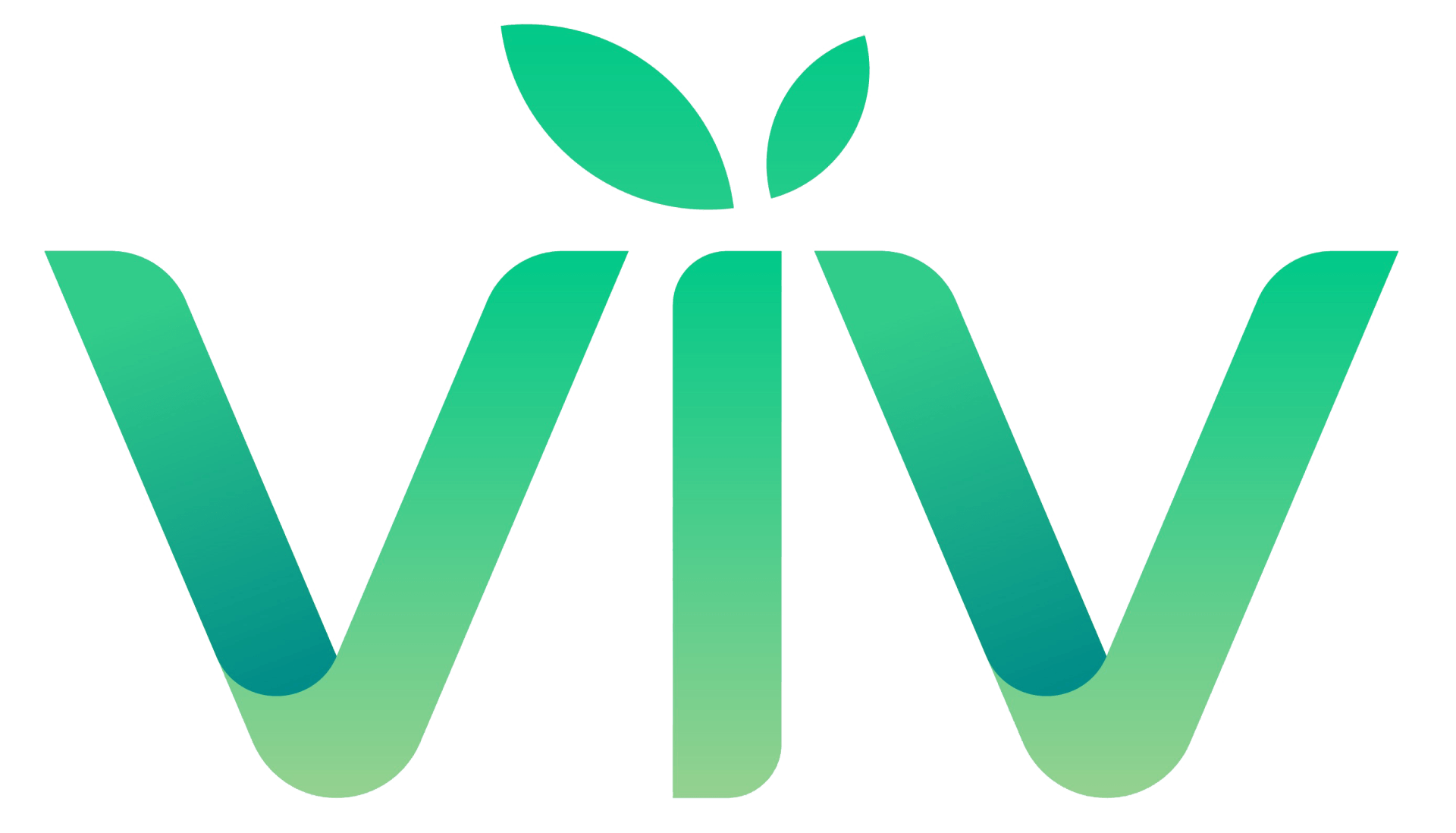Vision Correction Options When You're Not a LASIK Candidate

LASIK has become a household name in vision correction, and for good reason—it’s quick, effective, and can dramatically reduce or eliminate the need for glasses or contacts. It’s one of the most widely studied, safe and effective procedures for treating most nearsighted, farsighted and astigmatic prescriptions. But LASIK isn’t right for everyone. Whether due to thin corneas, dry eye, age, or a significantly high prescription, some patients don’t qualify for the procedure—or prefer a different route.
If LASIK isn’t an option for you, don’t worry. There are several safe and effective alternatives that can help you achieve clearer vision. Here’s a look at some of the most popular choices and the pros and cons of each.
PRK (Photorefractive Keratectomy)
Patients with thinner corneas or those at higher risk of eye trauma (i.e. military, police, professional athletes) are often recommended to have PRK instead of LASIK following a thorough evaluation. PRK was actually the first type of laser vision correction and is still widely performed today. Unlike LASIK, PRK doesn’t involve creating a corneal flap. Instead, the outer layer of the cornea is removed, and a laser reshapes the surface beneath. It is essentially the LASIK procedure without the corneal flap. Visual outcomes are expected to be the same as LASIK but recovery takes a bit longer and is a little more uncomfortable for the first few days.
Pros:
- No corneal flap
- Great for active lifestyles or contact sports
- Same end result/visual outcome as LASIK
Cons:
- Longer healing time than LASIK
- Temporary discomfort for a few days after surgery
Talley Eye Institute LASIK surgeon, Dr. Joey Carr had PRK in 2019. “I chose to have laser vision correction on my own eyes in 2019 after growing tired of glasses and contacts. The best option for me was PRK—though it requires a longer healing period and greater commitment, it offers the same excellent visual outcomes as LASIK. PRK is often a great option for patients whose corneas are too thin for LASIK.”
Refractive Lens Exchange (RLE)
Refractive Lens Exchange is a great option for those patients over 40 who don’t yet have cataracts but are experiencing presbyopia (age-related loss of near vision) and are frustrated with needing glasses or contacts. RLE involves replacing the eye’s natural lens with an artificial intraocular lens (IOL), similar to cataract surgery. Learn more about what's involved with an RLE in this blog post.
Pros:
- Can correct both near, intermediate, and distance vision
- Prevents cataracts later in life
Cons:
- More invasive than LASIK
- Higher cost
- Longer recovery time than LASIK
If you’ve been told you’re not a candidate for LASIK, it doesn’t mean you’re without options. Today’s vision correction options are more diverse and personalized than ever. It’s best to have a detailed discussion about the risks, benefits and costs associated with the procedures recommended to you by a qualified and experienced surgeon. Our surgeons at Talley Eye Institute ensure you have a thorough diagnostic workup to not only rule out potential risks or contraindications, but to make a personalized recommendation for your best visual outcome. Schedule your FREE consultation today!













